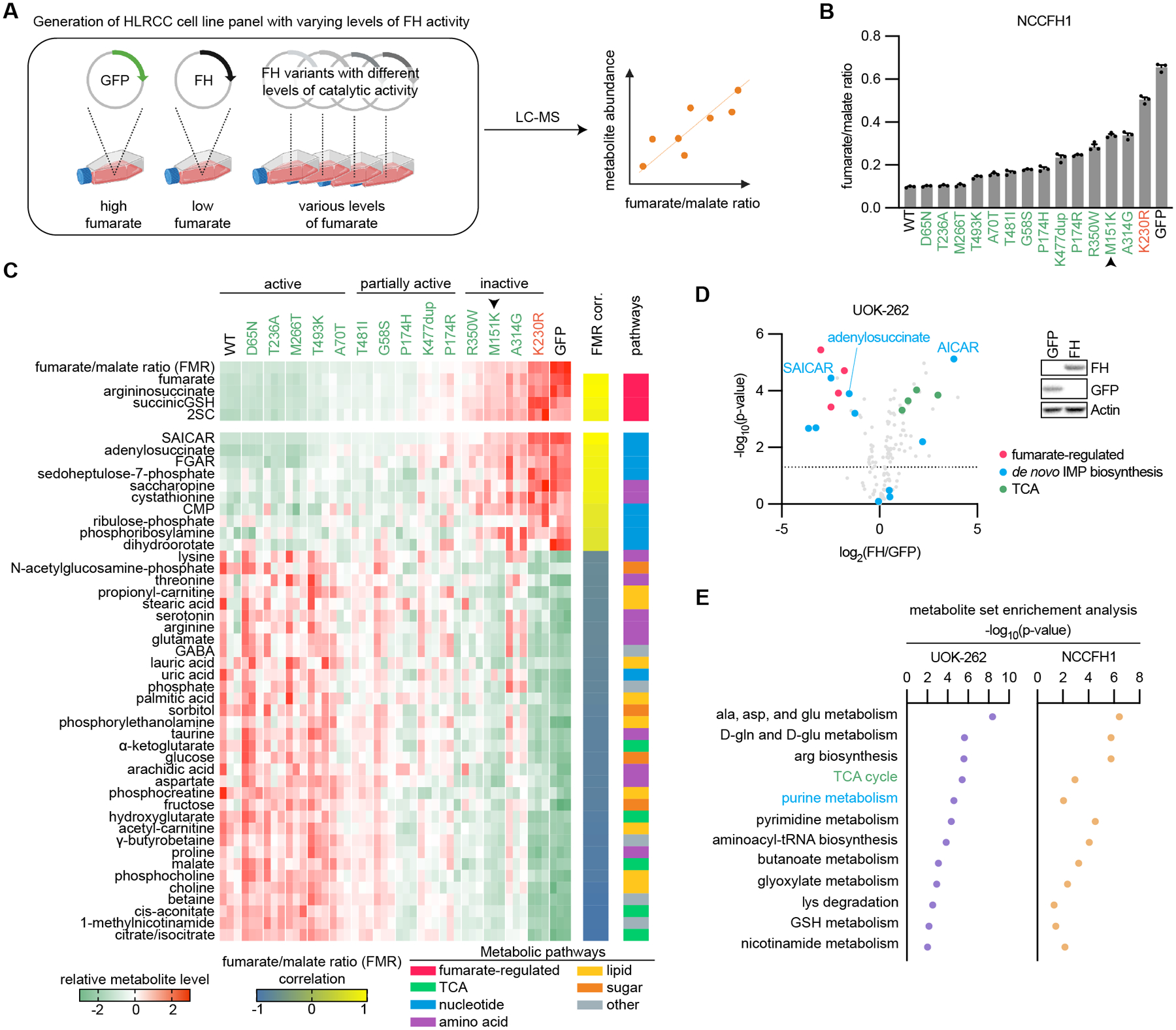Fig. 4: Loss of FH activity is associated with widespread metabolic changes.

(A) Schematic depicting generation of an HLRCC cell line panel with varying levels of FH activity and fumarate. NCCFH1 cells were engineered to express GFP (control), wildtype FH, or FH variants with differing levels of catalytic activity. Metabolites were harvested and analyzed by liquid chromatography-mass spectrometry (LC-MS). Fumarate/malate ratios were calculated and correlated with other metabolites. (B) Fumarate/malate ratios across the panel of HLRCC cell lines engineered to have varying levels of FH activity. Pathogenic variant is indicated in red, 13 VUS/CI are indicated in green, M151K is indicated by the black arrow. C, Heatmap showing that fumarate/malate ratios (FMR) correlate with metabolites that have previously been linked to fumarate accumulation. This analysis was expanded to 164 targeted metabolites. Those that correlated with FMR with a Pearson r ≥ 0.8 or ≤ −0.8 are shown. (D) Volcano plot showing the dysregulation of metabolites in UOK-262 cells expressing FH. Fumarate-regulated metabolites, de novo IMP biosynthesis intermediates, and TCA intermediates are highlighted. Two of the most highly-altered metabolites, SAICAR and AICAR, which are sequential metabolites in de novo IMP biosynthesis, were regulated in opposite directions. (E) Metabolite set enrichment analysis was performed on HLRCC cells expressing GFP or FH. Pathways that were significant in HLRCC cell lines (p ≤ 0.05) are noted with their respective -log10(p-values).
